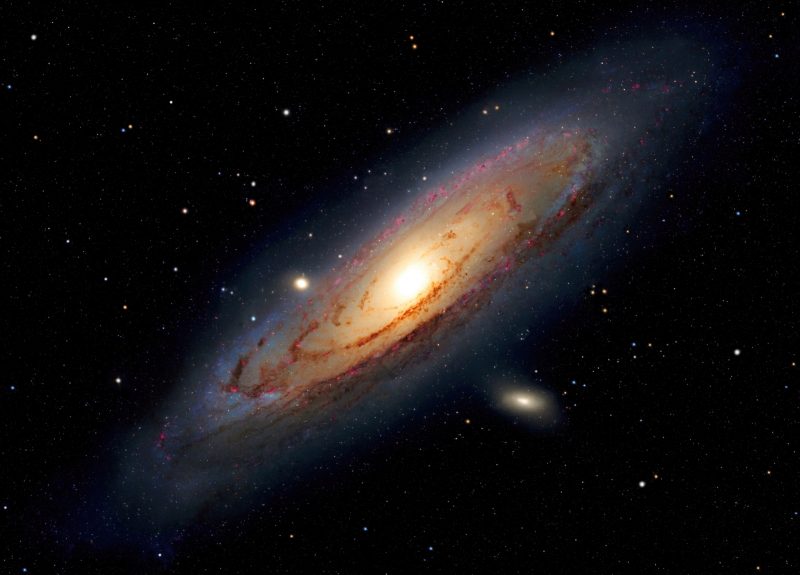On December 15, 1612, the German astronomer, Simon Marius, became the first person to observe the Andromeda Galaxy through a telescope. He was able to measure the galaxy’s diameter and said it looked like a candle shining through a horn.
Marius, however, was not the person to discover Andromeda. His observation was merely a rediscovery shortly after the invention of the telescope.
The Andromeda Galaxy has been known to mankind for many years and was first mentioned more than 600 years previous to Marius’ observation, in 965 AD in the book titled “Book of the Fixed Stars” by the Islamic astronomer Abd al-Rahman al-Sufi.
Simon Marius is probably best known for discovering and naming the four largest moons of the planet Jupiter in 1610, at around the exact same time that Galileo Galilei discovered them.
Marius only published his findings in 1614 in his book “Mundus Jovialis,” and Galileo accused him of plagiarism. Galileo did not believe that Marius made his own observations of the moons when he said he did, and these accusations caused a lot of damage to Marius’ reputation.
About 300 years later, a Dutch jury of experts examined the evidence and declared that Marius did, in fact, discover the moons independently of Galileo at around the same time. But in spite of who might have discovered them first, Simon Marius or Galileo Galilei, it’s the mythological names that Marius had given them — Io, Europa, Ganymede and Callisto — that we still use today.

